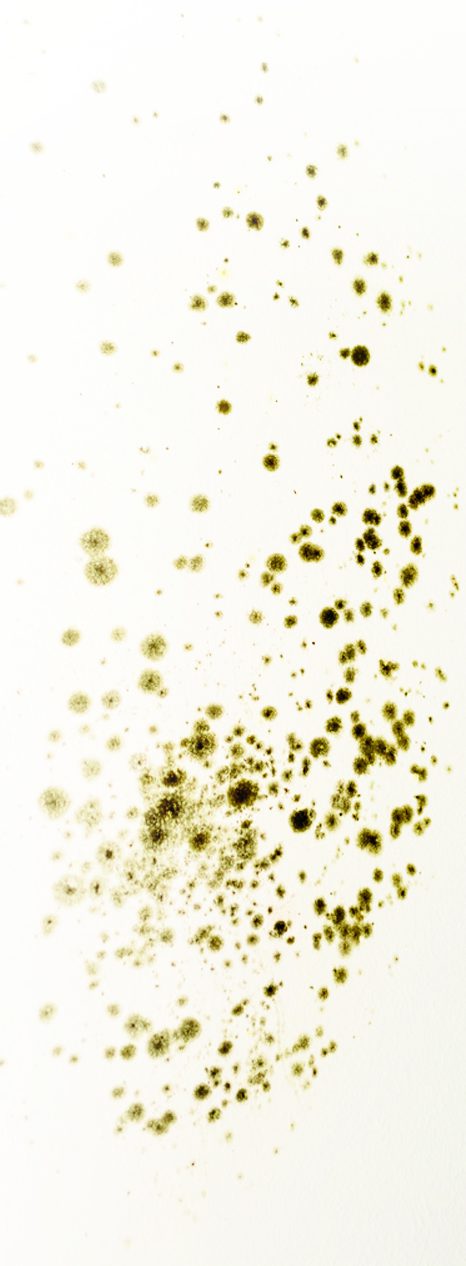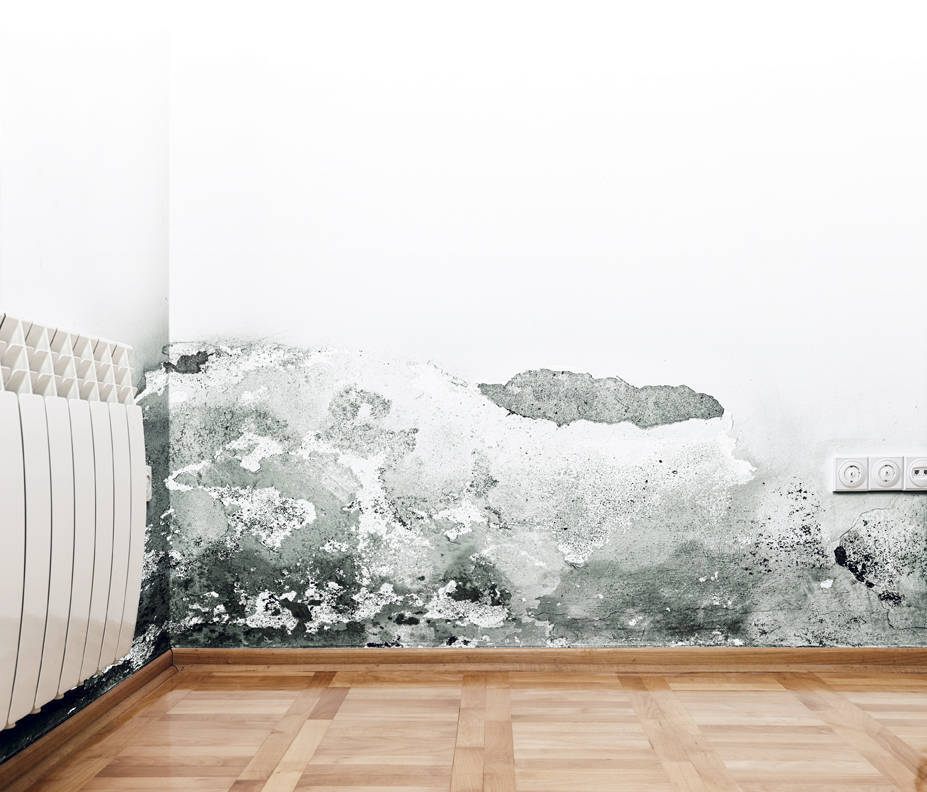ENVIRONMENTAL IMPAIRMENT LIABILITY
The need for this important coverage continues to grow
By David Dybdahl, CPCU
Thanks to the underutilization of environmental insurance, every insurance agency with a book of commercial, habitational or government-owned properties has a virtually untapped potential new business opportunity in their customer and prospect base with modern environmental impairment liability (EIL) insurance.
EIL responds to claims for clean-up costs, bodily Injury and property damage resulting from pollution/contamination incidents on, at, under, or emanating from a specific location. EIL polices often are enhanced with coverage for business interruption, extra expense and Superfund-type liabilities.
Prior to the pollution exclusion being added in 1970, GL policies were totally silent on losses arising from the emission or discharge of pollutants.
While true environmental insurance coverage has been around since the 1970s, I still see a lot of coverage errors made by insurance professionals when faced with pollution or contamination loss exposures in their customer base. The following advice is offered to assist in avoiding some of these common pitfalls, and to position agencies to take advantage of new business opportunities.
Step 1: Don’t totally ignore pollution exclusions in insurance program designs
By far the most common error made by producers when it comes to addressing environmental loss exposures is to ignore the effects of pollution exclusions in their customers’ insurance programs. As a result, most clients are left needlessly uncovered for a wide range of contamination-related loss events.
EIL is needed by property owners and lessees to fill the gap in general liability insurance coverage created by pollution/fungus/mold/bacteria exclusions. Most standard property policies have exclusions for pollution cleanup or significantly sub-limit coverage for pollution-related losses; EIL is needed to fill these coverage gaps, as well.
Not ignoring pollution exclusions or sub-limits means more than simply acknowledging their existence; it requires understanding the broad-reaching effects of pollution exclusions. Many insurance professionals assume pollution exclusions apply only to hazardous waste. It is hard to explain where this thinking originated.
Since 1970, pollution exclusions have never been limited to hazardous waste or hazardous chemicals. Pollution exclusions can apply to any loss involving irritants or contaminants. The other words in the definition of what qualifies as a “pollutant” in a policy—words like acids, smoke and fumes—are just examples of what could be a pollutant. In a litigated insurance coverage case, a claim involving contaminated sandwiches was denied coverage at the appellate level due to a pollution exclusion. A sandwich is about as far away from hazardous waste as anything I can imagine.
Case law on how pollution exclusions operate also affects coverage determinations, and the case law varies by state and over time. If you think you can predict the effects of a pollution exclusion with coverage givebacks pre-loss, that is only because you are confused. The external factors make such predictions impossible. Pollution exclusions can trigger for essentially any type of contamination events. Because of constantly expanding exclusions for contaminants, virtually all commercial insurance buyers need a customized environmental insurance policy today.
Step 2: Don’t fall for illusory coverage givebacks
Coverage givebacks in pollution exclusions are a constant source of confusion with producers. In my 30 years of experience with environmental insurance, the root problem creating confusion about pollution exclusions rests in insurance company marketing departments. Insurance companies can create the illusion of reliable coverage for contamination-caused losses through coverage givebacks in pollution exclusions.
To put things into perspective on coverage givebacks, it helps to realize that a coverage giveback is simply an exclusion to an exclusion. If you are reading the exclusion section of a policy looking for coverage, what is wrong with that picture? This shaky coverage design of relying on exclusions to exclusions, sometimes running four levels deep in a policy, explains why I say that pollution exclusions are the most litigated words in the history of insurance.
One common example of insurance company marketing prowess is “sudden and accidental pollution” coverage. In 1970, carriers introduced a brand-new pollution and contamination exclusion that eliminated coverage for claims arising from the emission or discharge of pollutants in the general liability (GL) policy. As an exception to the new exclusion, if the pollution release itself was “sudden and accidental,” the pollution exclusion would not apply to the resulting bodily injury or property damage. Prior to the pollution exclusion being added in 1970, GL policies were totally silent on losses arising from the emission or discharge of pollutants.
How does a new pollution exclusion get introduced as a brand-new form of “pollution coverage” and persist for over 40 years? The insurance company marketers won that game. Referring to exclusions as coverage has confused agents and brokers ever since.
The only reliable way to design a program to address contamination losses is to assume all contamination-caused losses will be excluded and to fill the resulting coverage gaps with the appropriate forms of environmental insurance. That way it will be a pleasant surprise if the possible exceptions to the pollution exclusions actually work and provide coverage for a particular loss scenario.
 Step 3: Realize that environmental insurance has no design standards
Step 3: Realize that environmental insurance has no design standards
Not all EIL policies are created equal. Most work pretty well when used for their original purpose: to cover pollution conditions outdoors. But take that same policy and sell it to the owner of commercial buildings or condos and there will be major coverage gaps in almost every case. Most EIL policies are not designed for indoor use.
The most common coverage defect in off-the-shelf EIL policies is in the lack of coverage for mold or bacteria-caused contamination losses. In 2005, insurers slipped fungi and bacteria sub-limits and exclusions into virtually all forms of property and liability policies.
Mold and bacteria losses in buildings are caused by water intrusion events. By excluding losses in any way related to fungi or bacteria, many losses involving water intrusion in commercial buildings become technically excluded or severely sub-limited “pollution” losses today.
Nobody told agents and brokers what the effects of the new fungi/bacteria exclusions were going to be, and that’s a problem. For example, a wrongful death claim involving Legionnaires disease, which is caused by bacteria, can be completely excluded from general liability policies that contain a fungi or bacteria exclusion endorsement. Although EIL coverage is available for premiums set at about 10% of the current property premium, with a minimum premium in the $3,500 range, today less than 5% of commercial buildings have the needed customized EIL coverage to address fungi and bacteria exclusions commonly found in property and liability policies.
To highlight the importance of water as the cause of a potential pollution loss, recognize that 60% of all losses under property policies involve water intrusion events (excluding floods) in buildings. If the water contains a speck of bacteria or caused mold to grow, the fungi and bacteria exclusions should click in. To make matters worse, the typical property policy sold today has a $15,000 sublimit for mold or bacteria-related losses; to put that into perspective, it helps to know that the average mold remediation job for a commercial building costs $250,000, leaving quite a large gap in coverage for an average-sized loss with high frequency.
EIL that has been customized for indoor use is needed to fill that coverage gap in property policies. The same EIL policy fills the gaps created by pollution/fungi/mold/bacteria exclusions in general liability insurance as well.
Conclusion
The new business sales opportunities in EIL insurance are exceptionally good.
Most agents and brokers severely underestimate the effects of pollution/contamination exclusions on their customer base. In doing so, they set their customers up for unpleasant coverage surprises for a wide range of very common loss events and they set themselves up for potential professional negligence claims as a result.
Avoiding unexpected coverage flaws in the face of a denied claim is relatively simple. First, do something more than nothing to address the effects of pollution/fungi/bacteria exclusions in the insurance program. Second, never trust an “exclusion” within a pollution exclusion as “pollution coverage” no matter what the company marketing rep says. And third, pay attention to the coverage provided in the EIL policy. Does it serve its intended purpose?
The biggest barrier to capitalizing on the exceptional new sales opportunities that pollution/fungi/bacteria exclusions present is finding the technical support needed to navigate the environmental insurance and risk management discussions with the buyer, and then proposing EIL coverage that is fit for the purpose for which it is intended. The best place to find that support is in the specialized wholesale brokerage space. There is a surplus of good quality EIL insurance at affordable pricing for most commercial buyers. What is in short supply is the knowledge of why EIL coverage is needed and how to use that insurance capacity.
The author
David Dybdahl, CPCU, ARM, MBA, is the president of American Risk Management Resources Network, LLC. He is a wholesale insurance broker specializing in the design and placement of environmental insurance policies. His material on environmental insurance has appeared in more than 20 insurance textbooks, and he has served as an expert witness and consultant in over $1.9 billion in litigated environmental insurance coverage issues. This article is one in a short series on important and timely environmental insurance topics. Reach David at dybdahl@armr.net or (608) 836-9590.






